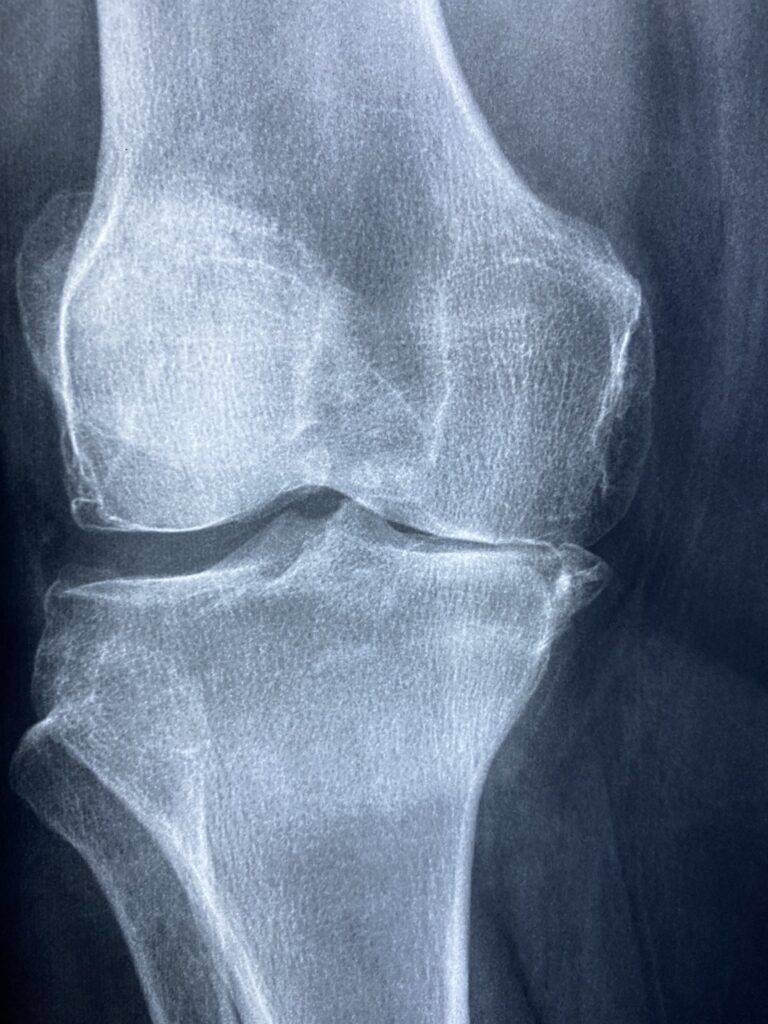Understanding Hemophilia A: Causes, Symptoms, and Treatment
Introduction to Hemophilia A: Hemophilia A, also known as classic hemophilia, is a genetic bleeding disorder characterized by a deficiency or absence of clotting factor VIII, a protein essential for blood clotting. It is an X-linked recessive disorder, primarily affecting males, although females can be carriers. Individuals with hemophilia A are prone to prolonged bleeding episodes, both externally from cuts or injuries and internally into joints and muscles. Understanding the causes, symptoms, and treatment options for hemophilia A is essential for managing the condition and preventing complications.
Causes of Hemophilia A:
- Genetic Mutation: Hemophilia A is caused by mutations in the F8 gene located on the X chromosome, which provides instructions for producing clotting factor VIII.
- Inheritance: Hemophilia A follows an X-linked recessive pattern of inheritance, meaning the defective gene is located on the X chromosome. Males inherit one X chromosome from their mother, and females inherit two X chromosomes (one from each parent). A male with a defective F8 gene will have hemophilia A, while a female with one defective F8 gene is a carrier and may exhibit mild symptoms or be asymptomatic.
Symptoms of Hemophilia A:
- Prolonged Bleeding: Individuals with hemophilia A may experience prolonged bleeding episodes following minor injuries, dental procedures, or surgeries.
- Easy Bruising: Increased susceptibility to bruising from minor trauma or activities.
- Spontaneous Bleeding: Bleeding into joints (hemarthrosis) or muscles without apparent injury, leading to pain, swelling, and limited mobility.
- Nosebleeds: Recurrent or prolonged nosebleeds (epistaxis) that are difficult to stop.
- Blood in Urine or Stool: Bleeding into the urinary tract or gastrointestinal tract may result in blood in the urine (hematuria) or stool (melena).
- Excessive Bleeding: Bleeding from minor cuts or injuries that takes longer than usual to stop, requiring pressure or medical intervention.
- Swollen Joints: Chronic joint inflammation and swelling, particularly in weight-bearing joints such as knees, ankles, and elbows.
Diagnosis of Hemophilia A:
- Medical History and Family History: Evaluation of symptoms and family history of bleeding disorders.
- Clotting Factor Assays: Laboratory tests to measure the levels of clotting factor VIII activity in the blood. Reduced levels of factor VIII indicate hemophilia A.
- Genetic Testing: Identification of specific mutations in the F8 gene to confirm the diagnosis and assess carrier status in females.
- Bleeding Assessment Tools: Evaluation of bleeding symptoms and severity using standardized assessment tools, such as the International Society on Thrombosis and Hemostasis (ISTH) Bleeding Assessment Tool.
Treatment Options for Hemophilia A:
- Clotting Factor Replacement Therapy:
- Recombinant Factor VIII (rFVIII): Intravenous infusion of recombinant factor VIII concentrate to restore clotting factor levels and control bleeding episodes.
- Plasma-Derived Factor VIII: Infusion of factor VIII derived from human plasma for individuals with hemophilia A.
- Prophylactic Treatment: Regular infusions of clotting factor concentrate to prevent bleeding episodes and reduce the risk of joint damage.
- On-Demand Treatment: Administration of clotting factor concentrate as needed to manage acute bleeding episodes or in anticipation of surgical procedures.
- Desmopressin (DDAVP) Therapy: Stimulates the release of stored factor VIII from endothelial cells in some individuals with mild hemophilia A.
- Gene Therapy: Investigational approach involving the delivery of functional F8 gene to restore factor VIII production in individuals with hemophilia A.
Conclusion: Hemophilia A is a chronic bleeding disorder characterized by deficient or absent clotting factor VIII, leading to prolonged bleeding episodes and increased risk of joint damage. Early diagnosis, comprehensive care, and access to clotting factor replacement therapy are essential for managing hemophilia A and preventing complications. Advances in treatment options, including prophylactic therapy and gene therapy, offer promising prospects for improving outcomes and enhancing the quality of life for individuals affected by hemophilia A. Collaborative efforts among healthcare providers, patients, and support organizations are vital for optimizing care and promoting well-being in the hemophilia community. If you or your child experience symptoms suggestive of hemophilia A, seek medical evaluation and specialized care from a hematology expert for proper diagnosis and management.




